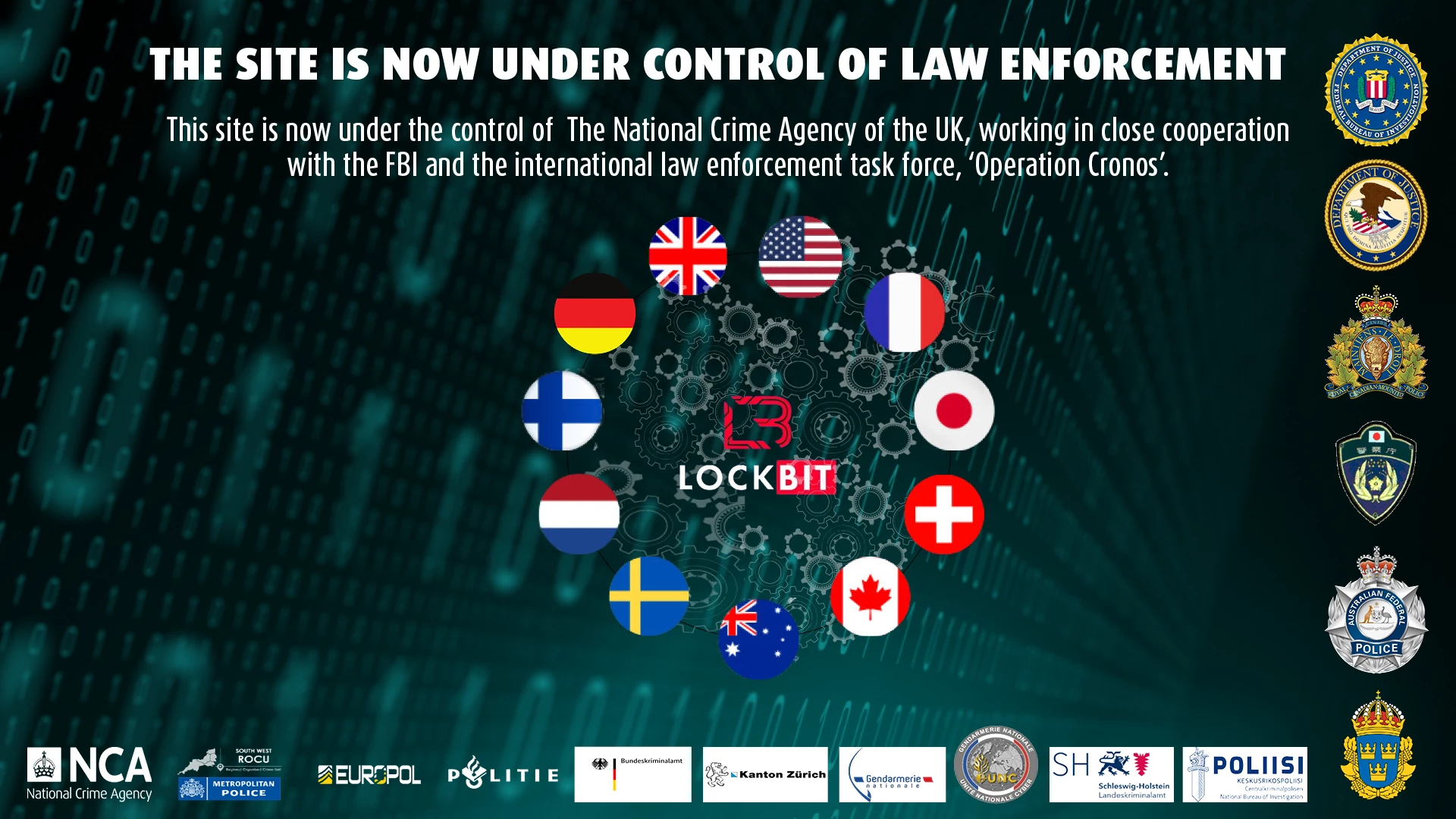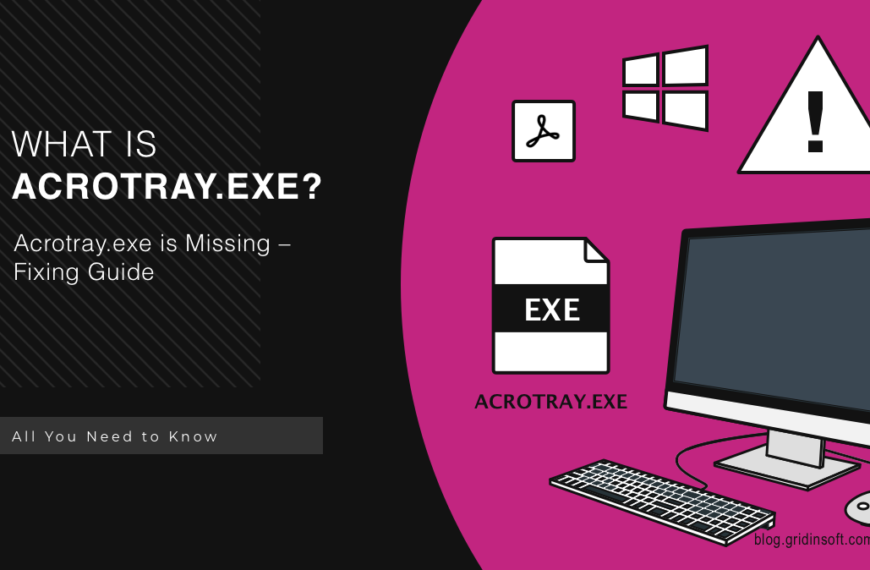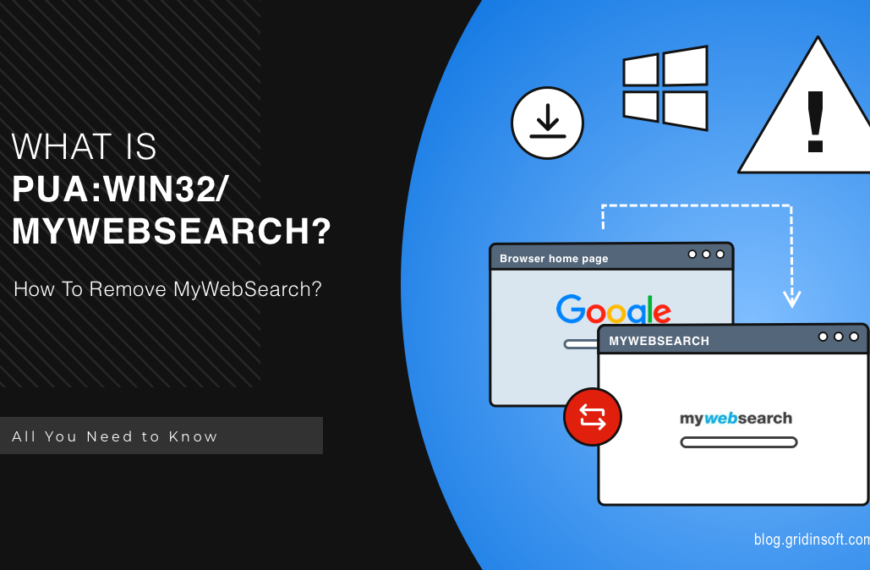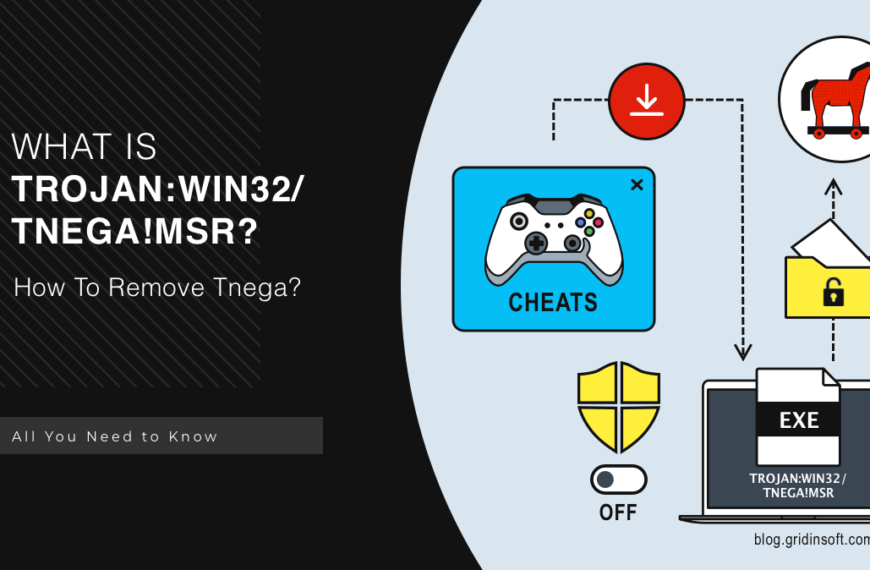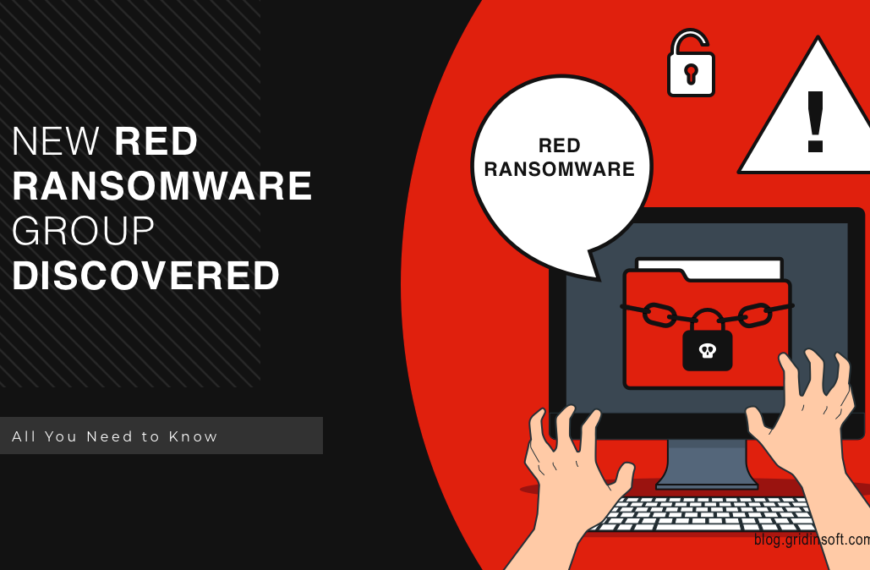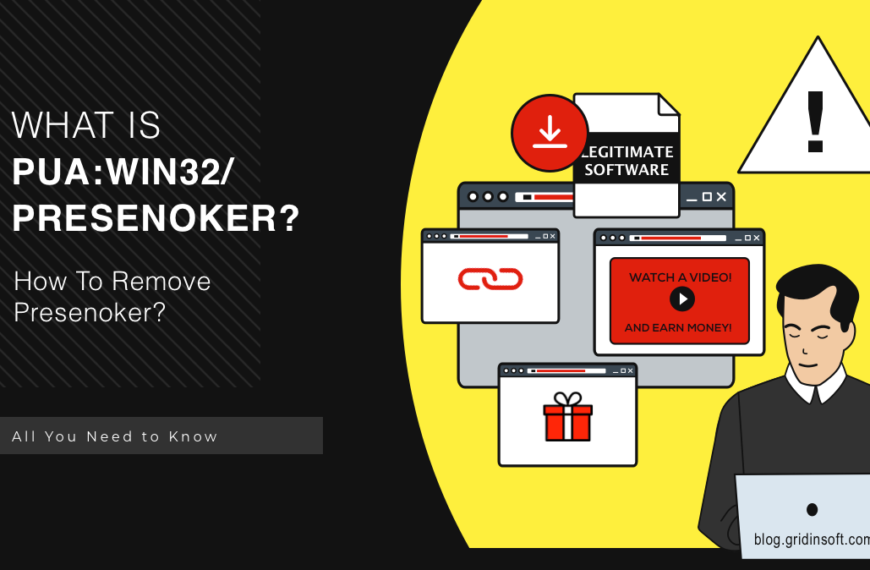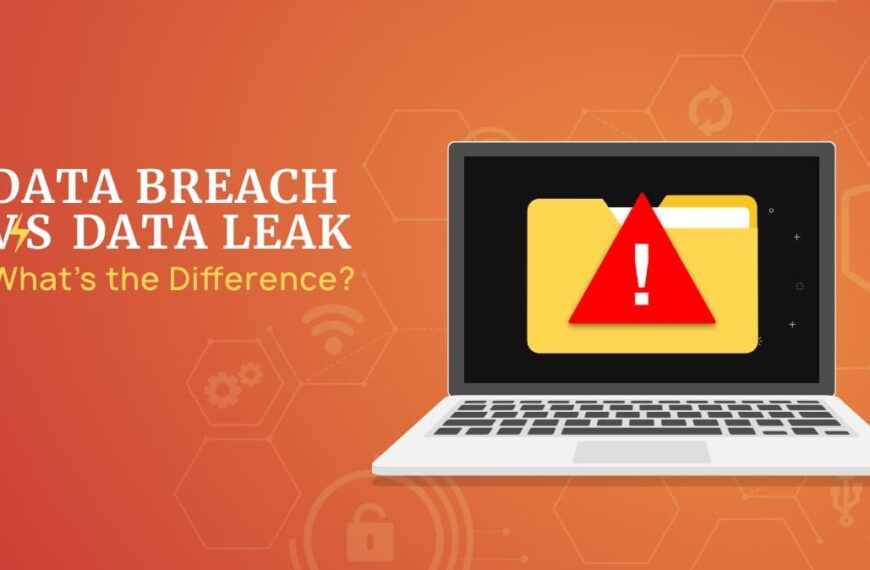News, Tips, Security Lab
LockBit Leader Identity Revealed, NCA Publishes More Data
On May 7, 2024, UK National Crime Agency published the detailed dossier on the LockBit ransomware group’s leader. Dmitry Khoroshev,…
Wave Browser
Wave Browser is an unwanted browser application that tries to look as a yet another Chromium-based project. Although it performs…
eBay Scams
Among the vast amount of online shopping platforms, eBay stands off as a trusted and well-known one. Such a massive…
PUA:Win32/Conduit
PUA:Win32/Conduit is a potentially unwanted application that performs suspicious activity with the browser. It changes the homepage and search engine…
Trojan:Script/Wacatac.B!ml
Trojan Wacatac is an umbrella detection for a wide range of malicious software, that shares functionality and code. In particular,…
AcroTray.exe
The Acrotray.exe process is one of the important components provided by Adobe Systems. This process is associated with Adobe Acrobat software and often starts automatically when the Windows operating system…
GitHub Vulnerability Exploited in the Wild, CISA Notifies
GitLab has a critical vulnerability that affects all authentication mechanisms. Without two-factor authentication, users are at significant risk. The vulnerability is currently fixed, and users are recommended to update to…
Adaware Web Companion
Web Companion is an unwanted program works as a web protection tool. It appears unexpectedly, after the installation of a different program, and tries to make the user pay for…
PUA:Win32/MyWebSearch
PUA:Win32/MyWebSearch is a Microsoft Defender detection that refers to an unwanted browser modifier. This application adds add-ons and toolbars that in fact take control of the web browser, redirecting search…
Trojan:Win32/Tnega!MSR
Trojan:Win32/Tnega!MSR is a malicious program that functions to deliver other malware. It uses numerous anti-detection tricks and is often distributed as mods and cheats for popular games. Such threats are…
New Red Ransomware Group Discovered
In March 2024, threat analysts detected a new ransomware group, called Red Ransomware. The group, which began its activities during the waning days of prominent groups such as Lockbit and…
PUA:Win32/Presenoker
PUA:Win32/Presenoker is an adware designed to make money by showing intrusive advertisements and collecting data. This malware can take control of your web browser and send you to advertising pages.…
USB Shortcut Virus
USB Shortcut Virus, is a malicious program that messes up with files on the disks. It is a rather old type of threat, that targets to mischief the user, rather…
Personal Data vs. Sensitive Data: What is the Difference?
Technology is increasingly important in our homes, businesses, and personal devices. As a result, we are generating more personal data than ever before. But what is personal data? How do…
Data Breach & Data Leaks
Data leaks and Data Breaches are very similar phenomena with a slight difference in the principle of action. It was a human error in one case and, in the second,…
GuptiMiner Use eScan to Spread Miners and Backdoors
A recent report by Avast researchers identified an old-timer malware called GuptiMiner. It uses the eScan antivirus update mechanism to stealthily inject backdoors and cryptocurrency mining programs into users’ computer…
Infostealers Made With Electron On The Rise
AhnLab Security Intelligence Center (ASEC) has identified a new strain of Infostealer malware created using the Electron framework. These apps are packaged in NSIS installer format, which the attacker used…

